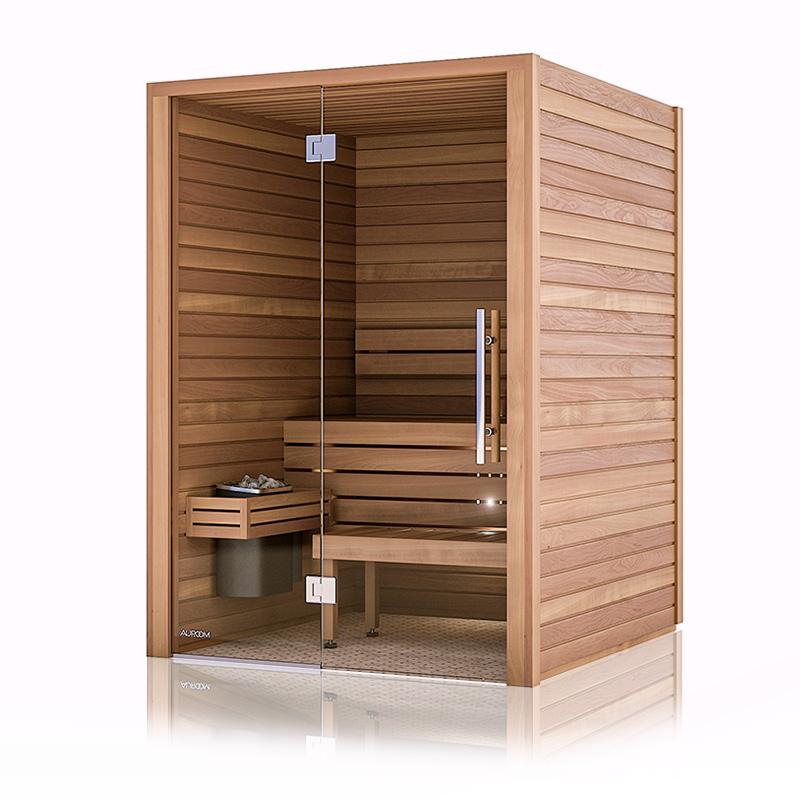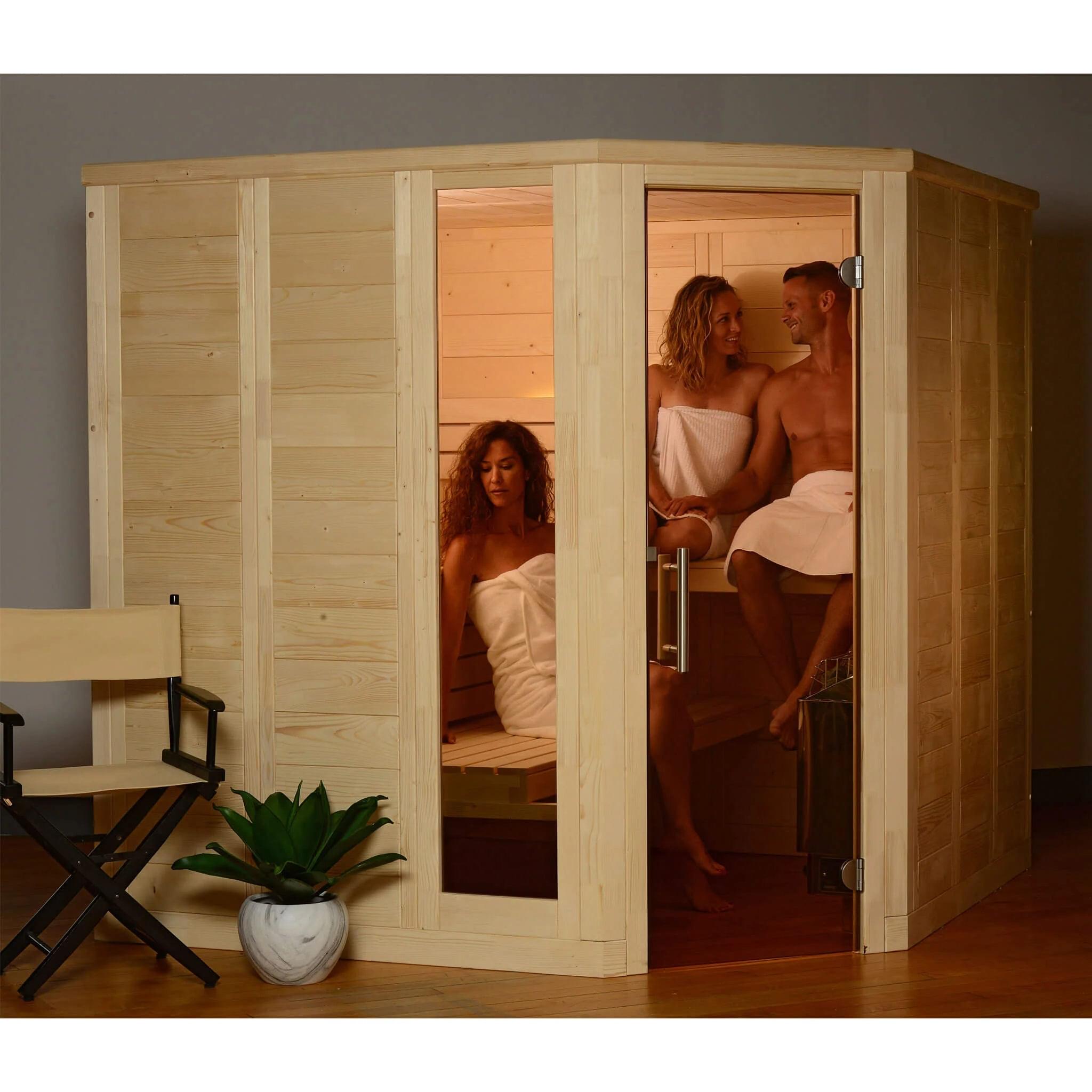The Best Guide To Traditional Sauna
The Best Guide To Traditional Sauna
Blog Article
Everything about Traditional Sauna
Table of ContentsAll About Traditional SaunaA Biased View of Traditional SaunaEverything about Traditional SaunaSome Known Details About Traditional Sauna What Does Traditional Sauna Do?
Many of the weight shed in a sauna is water loss and is re-gained upon rehydrating. However, undoubtedly sauna can be an essential component of a healthy and balanced weight-loss program. To take a look at the distinctions in between traditional and IR saunas, I will separate these into verifiable, theoretical, and fabricated differences.Therefore, the hottest factor in the saunawhich is at the ceiling straight above the sauna heateris commonly in between 185 and 190 F. Claims that a traditional sauna surpasses 200 F is merely not real and not suitable for electrical saunas sold in the US. The temperature for a far-infrared sauna is typically set between 120 and 140 F; nonetheless, unlike the standard sauna, the goal in and IR room is not to attain a heat.

When a traditional sauna has actually been effectively warmed, the sauna wall surfaces are cozy, the air temperature has actually achieved established temperature level and the rocks are incredibly heated. As an intriguing side note, the warmed walls and the rocks are producing far-infrared heat, combined with the warmed air, to produce an "enveloping warmth".
How Traditional Sauna can Save You Time, Stress, and Money.
When the heat is attained, the aspects cycle on and off to keep the heat. A lot of typical sauna customers take pleasure in putting water over the rocks to create heavy steam to increase sauna humidity levels. The advantages of pouring water over the rocks include: making the room much more comfy, dampening the nasal flows, and enabling the usage of aromatherapy by blending essential oils with the water.

When the power gets in the body, it triggers the body temperature level to increase and ultimately causes perspiration. In an infrared sauna it's important for the emitters/heaters to remain on almost constantly. Since there is no mass of rocks to retain heat, the sauna will certainly cool down if the emitters turned off.
Traditional Sauna Things To Know Before You Get This
As stated above, the sauna bather in an infrared room desires to position himself before running emitters to get optimal take advantage of the warmth. The heating time for both spaces can be very various, relying on exactly how the areas are utilized. For a traditional sauna, a bather must enable 30-40 mins for the area to check that attain a desired temperature and to appropriately pre-heat the rocks.

A well constructed sauna will usually accomplish a temperature of 150-160 F in regarding 30-40 mins. For hotter temperature levels, the area may need to warm for a longer duration.
To some, 15 mins was "thrown away" while the infrared power warmed the timber panels as opposed to heating a body, while others find a pre-heated room to be much more comfy and think a raised starting temperature level is needed to start sweating. The length of suggested usage for each and every area is around the same (10-15 minutes per session); however, due to the lower air temperatures and the ability to really feel the results of infrared heat much faster than a conventional sauna, it is not unusual for a person to invest a total amount of 20-30 mins in an infrared sauna.
The 6-Second Trick For Traditional Sauna

The typical price per kWH of electricity in the united state is approximately $0.11, so a 4.5 kW heating system will set you back about $.50 to run for one hour, if the heater runs continually for one hour. Generally a sauna heating unit will run for 75% of the very first hour and 50% of succeeding hours on considering that the components cycle once the established temperature is attained.
A two person far-infrared space is normally literally smaller than a traditional sauna, usually concerning 4' x 4' or smaller. The IR heating unit is normally 1.5-1.7 kW making use of a 120 volt 15 amp plug-in service. Because the space can be utilized earlier than a sauna space, we will certainly think the area is used for visit here to of have a peek here an hour including warm up time.
Lastly, there is a hardly ever discussed distinction in the social experience between the 2 areas. While our culture has actually lost several of the social benefit of the traditional sauna experience, it can be extremely socially satisfying (Traditional Sauna). From family members time in the sauna, to heart-felt discussions with significant others, to sauna partiesthe standard sauna experience can bring about intimate interacting socially
Traditional Sauna Things To Know Before You Get This
The majority of greater end infrared rooms include colored light treatment, sound systems and full-glass fronts.
Report this page